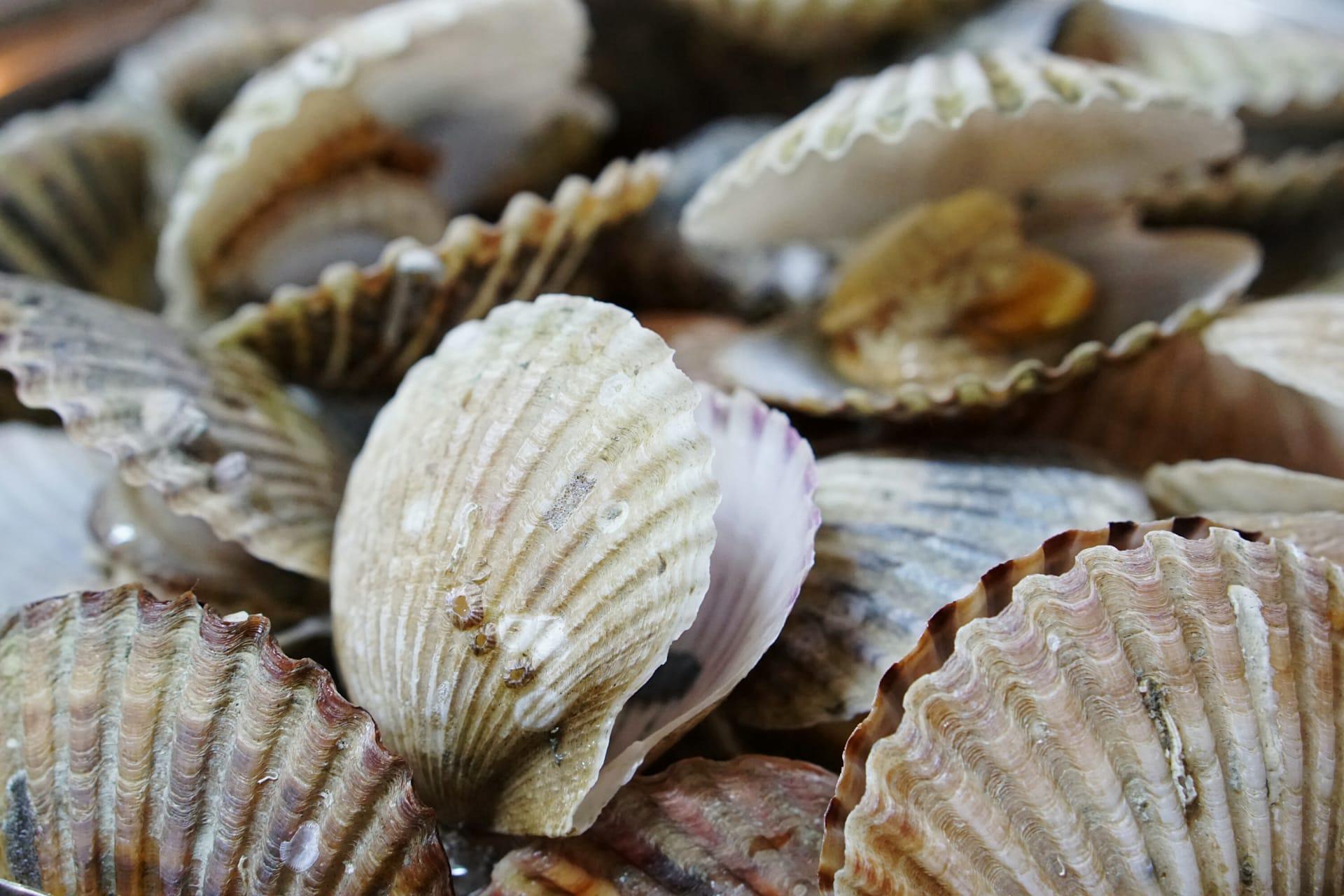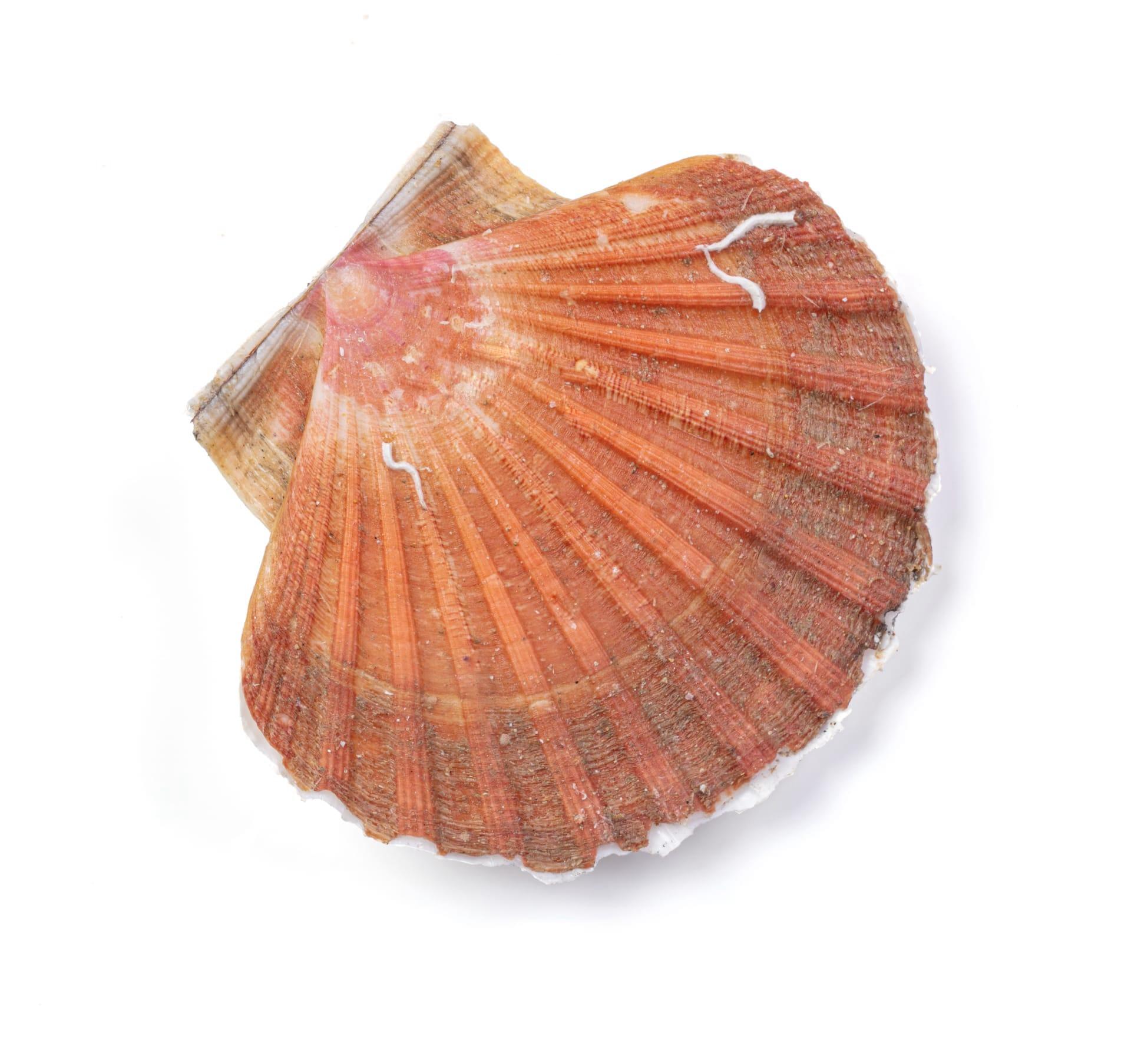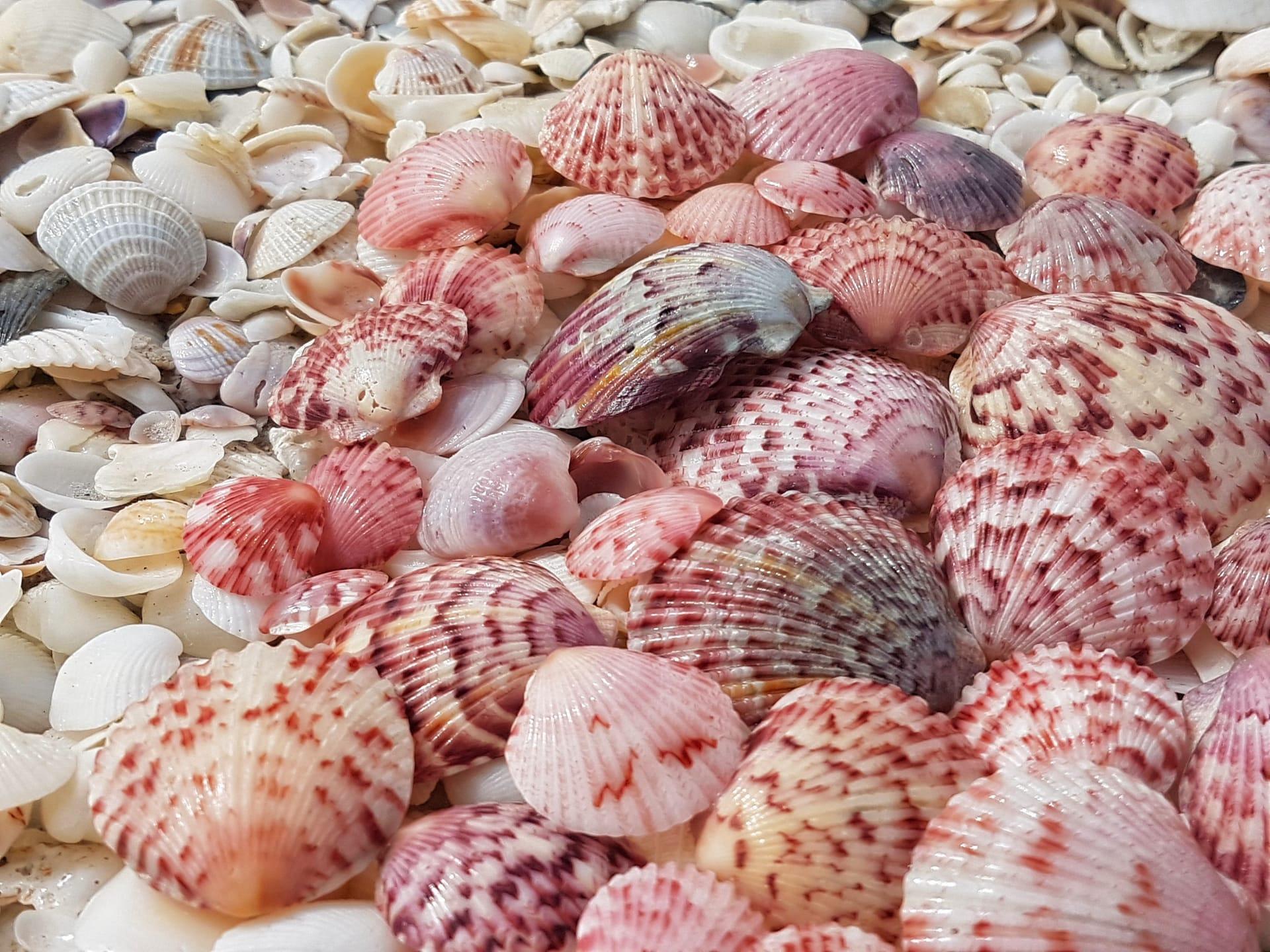1
Did you know that scallops have an impressive visual system? Unlike most bivalves, scallops are equipped with up to 200 tiny, bead-like eyes lining the edge of their mantle, the part that connects the two halves of their shells. These eyes, barely half a centimeter in diameter, aren't just for show; they're highly functional, capable of detecting light, shadows, and motion. This visual acuity helps scallops sense predators and navigate their underwater environments, making them one of the most visually adept inhabitants of the sea floor.
Another fascinating aspect of scallops is their unique mode of locomotion. Scallops move through the water by rapidly opening and closing their shells, creating a jet-like propulsion that allows them to 'swim' away from threats. This method of movement is not only a defense mechanism but also a way for them to relocate to more favorable environments. The energy for this movement comes from a powerful muscle called the adductor, which is also the part of the scallop that's most prized for eating. This muscle's strength and endurance are remarkable, enabling some scallops to travel several meters in a single burst of activity.

2
Scallops play a crucial role in their ecosystems, acting as natural water filters. An adult scallop is capable of filtering up to 50 gallons of water per day. Through this process, scallops remove particles and nutrients from the water, which helps maintain water clarity and quality. This not only benefits the scallops themselves but also supports the health of the entire marine ecosystem, promoting the growth of seagrasses and reducing the likelihood of harmful algal blooms.
Scallops have a unique reproductive strategy that contributes to their widespread presence in various marine environments. They are hermaphrodites, possessing both male and female reproductive organs, which allows them to produce a large number of eggs and sperm. During their spawning season, a single scallop can release over a billion eggs into the water, where fertilization occurs externally. This prolific reproduction ensures the survival of the species, even though only a tiny fraction of the larvae will reach adulthood.

3
The lifespan of a scallop can be quite surprising. While many people might assume that these creatures live only a few years, some species of scallops can live for over 20 years. The age of a scallop can often be determined by the growth rings on their shells, similar to how the age of a tree is determined by its rings. These rings can tell a story of the scallop's life, including periods of rapid growth or times when food was scarce.
Scallops have a remarkable ability to heal themselves and even regenerate lost parts. If a scallop's shell is damaged, it can repair the break over time, secreting new layers of shell material to mend the gap. In some cases, scallops can even regenerate lost or damaged tissue in their bodies, a feat that not many other animals can accomplish. This resilience helps scallops survive in the dynamic and sometimes harsh conditions of the ocean floor.

4
The diet of a scallop is quite interesting and plays a significant role in the marine food web. Scallops are filter feeders, primarily consuming microscopic organisms like plankton and detritus suspended in the water. By drawing water in through one part of their body and expelling it through another, scallops capture food particles with their gills. This diet is not only crucial for their survival but also makes them an integral part of the nutrient cycle in marine ecosystems, contributing to the overall health and balance of marine life.
Scallops have a symbiotic relationship with certain types of algae, particularly those known as zooxanthellae. These algae live within the scallop's tissues and provide them with food through photosynthesis, while in return, the scallop offers the algae a safe habitat and exposure to sunlight. This mutually beneficial relationship is a fantastic example of the interconnectedness of marine organisms and how they rely on each other for survival and well-being.

5
Scallops have been a part of human culture and cuisine for thousands of years. Archaeological evidence shows that scallops were consumed by ancient coastal civilizations, and their shells have been found in several ancient sites, suggesting their significance not only as a food source but also in art and as religious symbols. The scallop shell, with its distinctive fan shape, has become an iconic symbol in various cultures, often representing travel, fertility, and the beauty of the sea.
The sound of a scallop might not be something one typically considers, but these creatures can actually make noise. Scallops produce a clapping sound by snapping their shells together, which can serve various purposes, including communication and scaring off predators. This ability adds another layer to the complexity of these fascinating sea creatures, highlighting their adaptability and the diverse ways in which they interact with their environment.